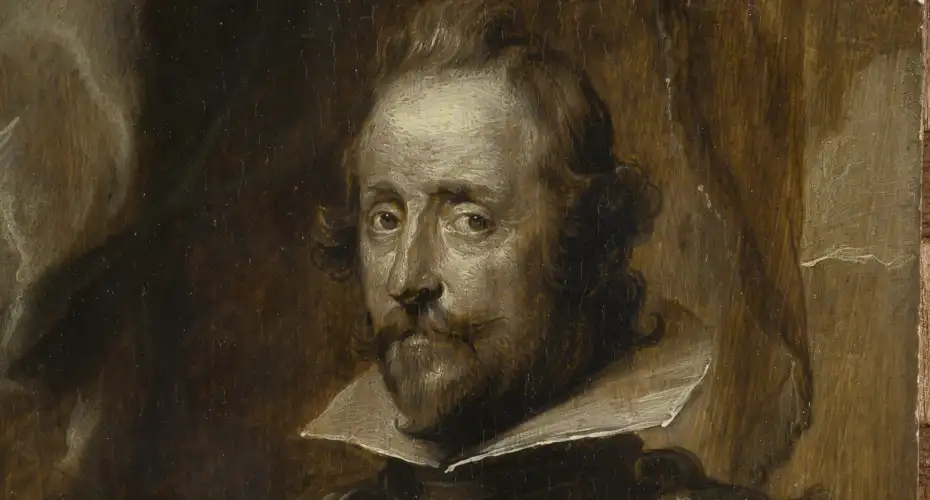The London Museum has been gifted a monumental contribution in the form of £20 million and over 14,000 Roman artefacts, marking the largest private donation and archaeological archive the museum has ever received. The generous donation comes from Bloomberg Philanthropies and will significantly enrich the museum’s new chapter as it prepares to move into its new Smithfield home in 2026.
Unearthed Beneath the City
The artefacts were discovered during the development of Bloomberg’s European headquarters, located in the historic heart of the City of London. Excavations between 2012 and 2014 unearthed a treasure trove of Roman relics, shedding new light on Londinium the Roman settlement that eventually evolved into modern-day London.
Rare Glimpse into Roman London Life
Among the findings is the largest and earliest cache of Roman writing tablets ever uncovered in Britain. These tablets offer intimate insights into everyday life nearly 2,000 years ago, including trade transactions, legal agreements, and even personal messages. One of the most remarkable discoveries includes the earliest written reference to the name “London.”
The site also featured a remarkably preserved Roman temple dedicated to Mithras, the god worshipped by soldiers and merchants across the Roman Empire. Since 2017, the temple and around 600 artefacts have been accessible to the public through the London Mithraeum Bloomberg SPACE a unique cultural experience situated on the original temple site.
Transforming London’s Cultural Landscape
Sharon Ament, director of the London Museum, called the donation “a momentous gift that ties the past to the future and which will be a lasting legacy for London.” The artefacts will play a prominent role in the museum’s new exhibitions, creating fresh opportunities for storytelling and public engagement when the museum reopens in Smithfield.
A Transatlantic Gift with Local Roots
Michael R. Bloomberg, founder of Bloomberg L.P. and former mayor of New York City, reflected on the donation, stating: “These remarkable artefacts offer a unique window into the past, connecting us directly to the voices of its ancient inhabitants. As someone who considers London my second home, I’m honoured that our company will be able to help bring these stories to life while strengthening the City’s future.”
Public and Private Support Converge
Bloomberg’s contribution is complemented by public funding commitments. In September, Mayor of London Sir Sadiq Khan and the City of London Corporation pledged an additional £25 million to the museum’s redevelopment. Sir Sadiq praised the partnership, saying, “Bloomberg has been a huge cultural champion for London, and this is a great example of public and private sectors working together to help realise bold plans for our capital’s future.”
Looking Ahead to 2026
The London Museum, formerly known as the Museum of London, closed its long-standing London Wall location and is currently undergoing a major relocation and transformation. The new museum in Smithfield is expected to reimagine the way history is told not only through immersive exhibits but also through greater public access to archaeological archives and previously unseen collections.
With the addition of this substantial trove of Roman artefacts, the museum is poised to become a global centre for Roman history, inviting Londoners and tourists alike to walk alongside the ancient citizens who once called this city home.






